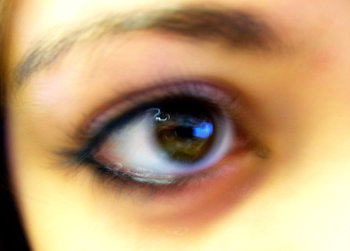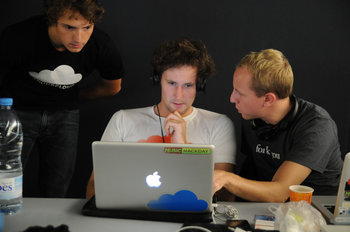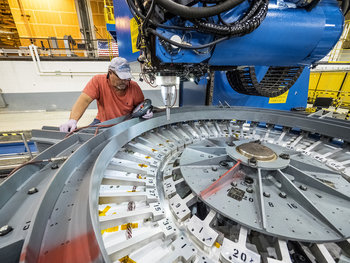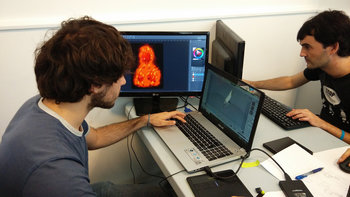
Visual Recognition
An unsupervised learner processes 10 million videos together with related textual data such as descriptions and comments. The learner models images in the videos using statistical analysis that allows it to identify visual patterns. These patterns can then be correlated with text to develop theories about the visual traits of various things. For example, such a learner might be able to build a solid model that can identify skateboards in videos. The learner is never given the right answer but can gain confidence based on a large number of samples. Likewise, the learner will discard a large number of models that don't appear to be correct.Human Behavior
A learner that possesses visual highly developed visual and speech recognition capabilities could watch a large number of television shows to learn about human behavior. For example, a learner might be able to build a model that detects when people are smiling based on correlation of facial patterns and words such as "what are you smiling about?"Robotics
A highly developed AI that serves as a housekeeping robot develops a theory that there is usually dust under a sofa. Each week, the theory is confirmed as the robot often finds dust under sofas. Nobody explicitly tells the robot the theory is correct but it is able to develop confidence in it nonetheless.| Overview: Unsupervised Learning | ||
Type | Machine Learning | |
Definition | An approach to machine learning whereby software learns from data without being given correct answers. | |
Related Concepts | Machine LearningDeep LearningCommittee MachineArtificial IntelligenceRobotics | |


























